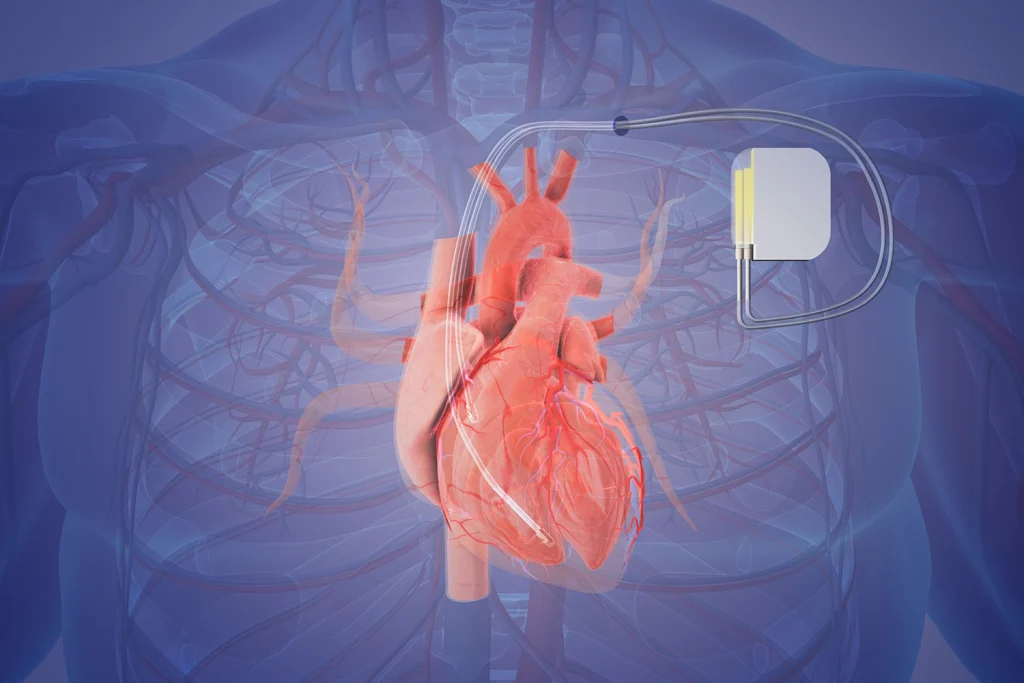So, the doctor says you need a pacemaker. Let’s be honest, it’s a scary word. You hear it and think of hospitals, wires, restriction, maybe even old age. But here’s what no one tells you right away: just because you have a pacemaker now doesn’t mean life slows down. In fact, for many people at American Medical Center in Dubai, this is when things finally start to feel stable again.
What Does a Pacemaker Actually Do Inside the Body?
A pacemaker is a small medical device that sits just under your skin. It’s light, discreet, and does its job quietly, most patients don’t even notice it’s there. It goes just under your skin, near your collarbone. Wires from the device go into your heart and send tiny pulses when your heart gets off rhythm or beats too slowly.
You don’t feel those pulses. You just feel better.
First Things First: What Can You Still Do?
Almost everything. Once you’ve healed, you can go back to work, hit the gym (with some limits), travel, and enjoy your day like you used to. You can use your phone, watch TV, and yes, stand in front of a microwave.
Stuff People Say That’s Just Not True
Let’s bust some common myths:
“You’ll set off alarms at the airport.”
Not likely. But yes, tell security about your pacemaker. They might skip the scanner and just wave a wand. No drama.
“You can’t use a phone or laptop.”
Totally false. It’s best to avoid placing your phone right over your pacemaker, like in a shirt pocket on that side. Normal use is fine.
“You’ll feel it working.”
Most people don’t. You might feel a little tired at first or notice your heart is more steady, that’s a good thing.
“Only old people get pacemakers.”
Not true at all. People in their 30s and 40s, even athletes, sometimes need one. It’s about the heart, not your age.
What You’ll Need to Adjust (Just a Little)
The first few weeks are important.
You’ll have some soreness where the device was placed. You may be told not to lift your arm above your shoulder on that side for a bit. No gym, no stretching above your head, and definitely no heavy lifting.
After that?
You ease back into things. Walking? Yes. Work? Yes. Driving? Most likely, just confirm with your doctor. At American Medical Center in Dubai, we guide patients through every step of recovery to make sure they return to daily life safely. Cardio workouts? In most cases, yes, once your cardiologist gives you the green light.

How to Take Care of It
Keep your checkups. The doctor might adjust your settings occasionally.
Don’t skip your ID card, especially when traveling.
Stay active. Move often. That’s the best thing for your heart.
Avoid strong magnetic fields, like welding equipment or certain hospital machines (like MRI). But normal electronics? No problem.
About Traveling
You can travel. Full stop.
Planes, buses, cars, all safe.
Don’t forget your pacemaker card and your regular medicine, it’s best to keep them close when you’re out. That’s pretty much all it takes to feel prepared when traveling. Keep water and snacks handy, especially on long trips.
When to Call Your Doctor
Call if:
You feel faint or dizzy
Your heart starts racing or fluttering
If the area where your device was placed becomes painful, red, or starts to swell, don’t ignore it—call your doctor. You get short of breath for no reason
These don’t always mean something’s wrong, but better safe than sorry.
The Bottom Line
Getting a pacemaker is a big deal, but it’s not the end of the world. Actually, it’s often the beginning of a better one. No more struggling to climb stairs. No more weird, scary heart drops. Just a steadier, more predictable beat, and peace of mind. At American Medical Center in Dubai, we’ve seen firsthand how life can improve after implantation, especially when patients feel supported, informed, and cared for every step of the way.
American Heart Center is about more than just fixing heart issues, we’re here for the people who live with them. We walk with you after the procedure, too, with guidance, answers, and support for real-life living.
Have questions? We’re here for them.
Have fears? That’s normal.
But know this: life with a pacemaker is still your life. And it can be a great one.